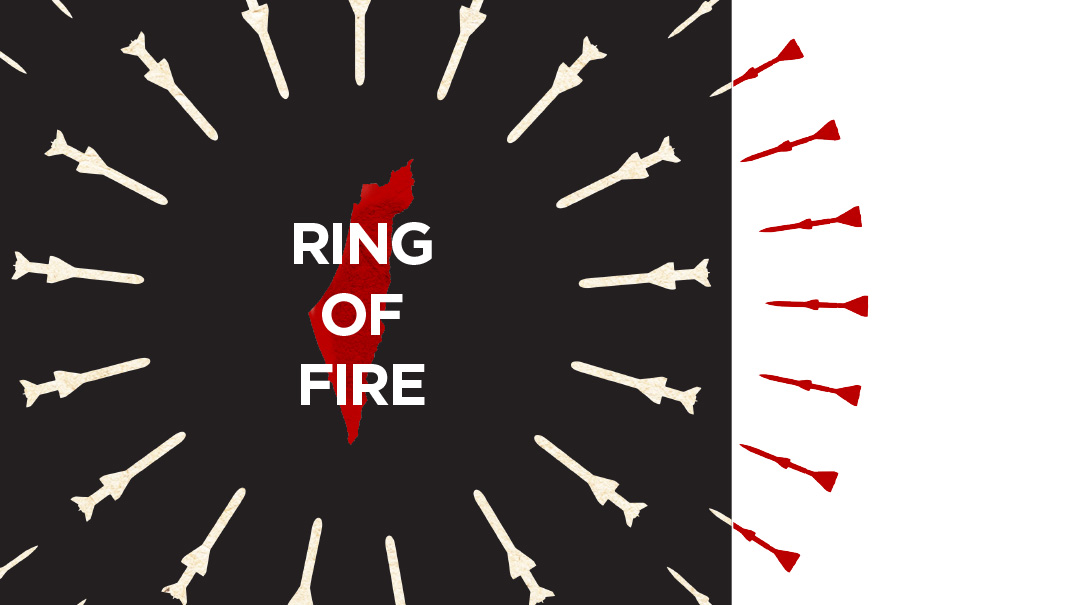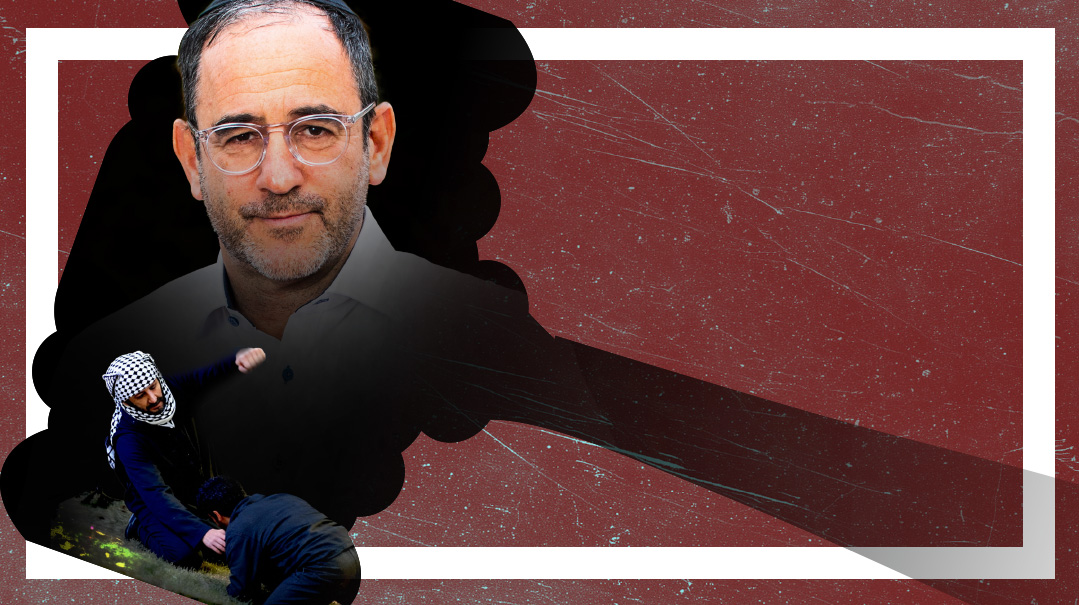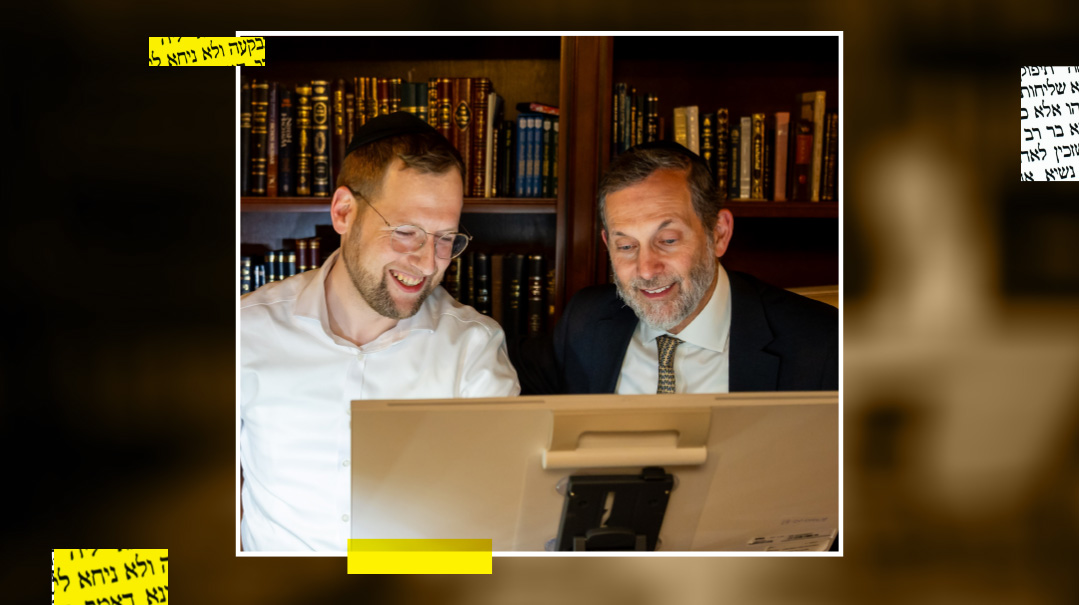Ring of Fire
| August 6, 2024Developed over decades, Iran’s strategy to arm its proxies to the teeth now threatens Israel with encirclement

T
ehran, February 1979. The streets are flooded with protestors chanting “Marg bar Shah” — Death to the Shah. The air is ripe with anticipation. After decades of rule by Shah Mohammad Reza Pahlavi, Iran is on the brink of revolution. But this won’t be just another change of government — it’s the birth of a new political order, one that will upend the regional balance of power and send shockwaves around the world.
An Air France plane lands at Tehran’s Mehrabad Airport carrying the revolution’s symbol, Ayatollah Ruhollah Khomeini, returning after 15 years of exile. Khomeini, 79, descends from the plane to roaring crowds, his expression hardened — he knows this is the dawn of a new era.
Within days, the old regime collapses, and the Ayatollah declares the birth of the Islamic Republic of Iran. But Khomeini isn’t content with domestic reform — he promises to spread the Islamic revolution beyond the borders of Iran, throughout the Muslim world and beyond.
It’s at this moment that the seeds of Iran’s axis of evil are sown. Khomeini outlines a vision of a united Muslim world under Iranian Shiite leadership. He declares the United States the “Great Satan” and Israel the “Little Satan,” vowing to eradicate their influence in the Middle East and beyond.
Today, Iran’s axis of influence encompasses the Syrian Assad regime, Hezbollah in Lebanon, the Houthis in Yemen, powerful Shiite militias in Iraq, Palestinian terror groups such as Hamas and Islamic Jihad, and smaller militias in Afghanistan, Pakistan, Africa, and South America. Each of these actors plays a unique role in Iran’s strategic plan. Together they pose a significant challenge to regional stability and the interests of the West and moderate Arab states.
This axis is more than just a military or political alliance. It’s a comprehensive worldview, based on a combination of religious ideology, Persian nationalism, and aspirations of regional hegemony. In Khomeini’s ideology, Iran is the protector of the Shiite world and the vanguard in the struggle against perceived Western imperialism.
The Iranian axis of evil has developed over decades, exploiting regional weaknesses, local conflicts, and geopolitical upheavals. As we’ll see, Iran took advantage of the chaos created by the Iran-Iraq war, the US invasion of Iraq, and the Arab Spring to expand its influence.
The Iranian strategy is to create threats on so many fronts simultaneously that the IDF will be unable to respond. Hamas and Islamic Jihad to the south, Hezbollah in Lebanon, Pakistani militias and Hezbollah in Syria, the Houthis in Yemen, the Iraqi militias, and even Iran itself. Each arm has its own orders — but D-Day has yet to arrive. When it comes, intelligence officials predict, hundreds of thousands of fighters from Lebanon and Syria will invade Israel by land, under air cover of thousands or even tens of thousands of missiles.
Oops! We could not locate your form.







